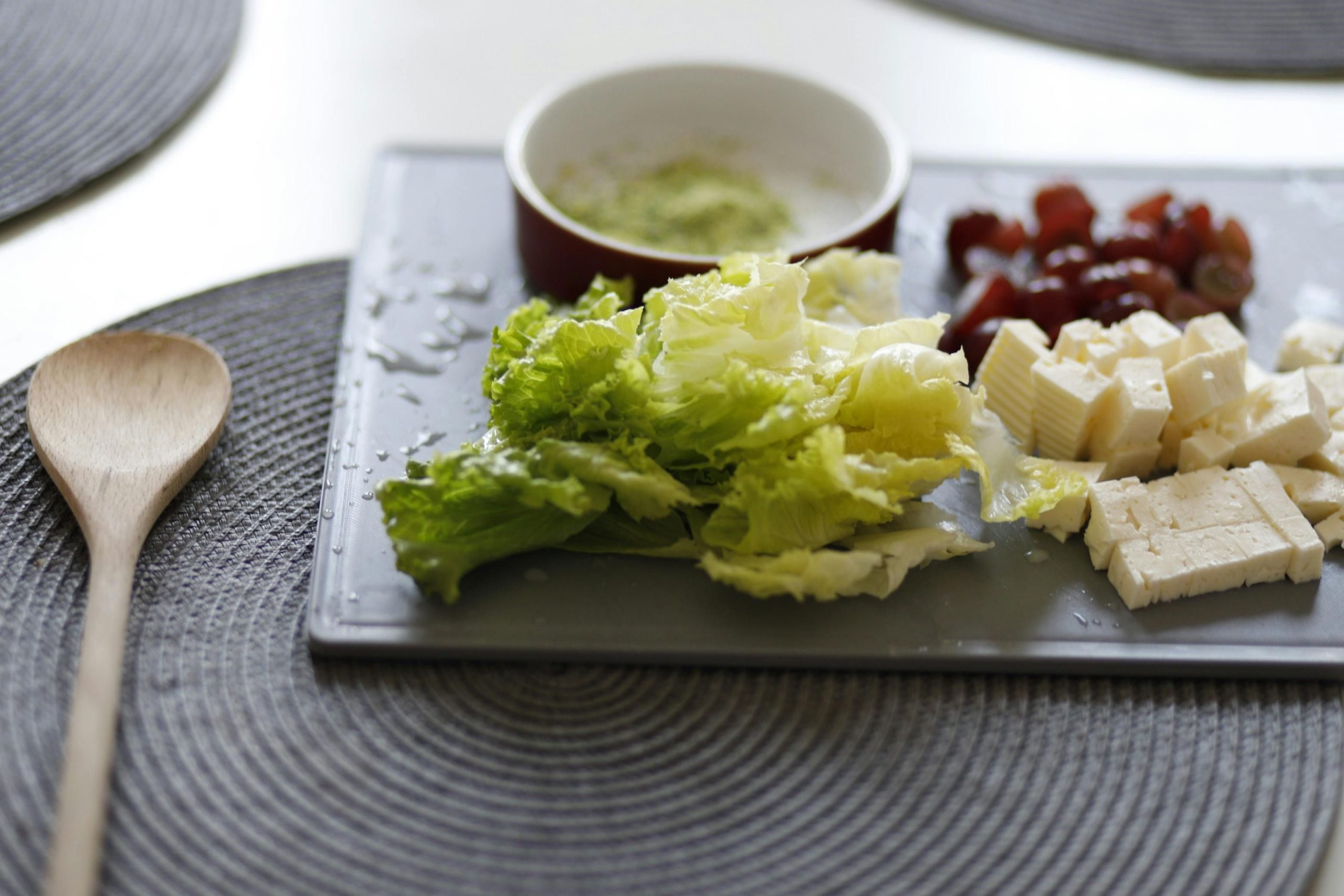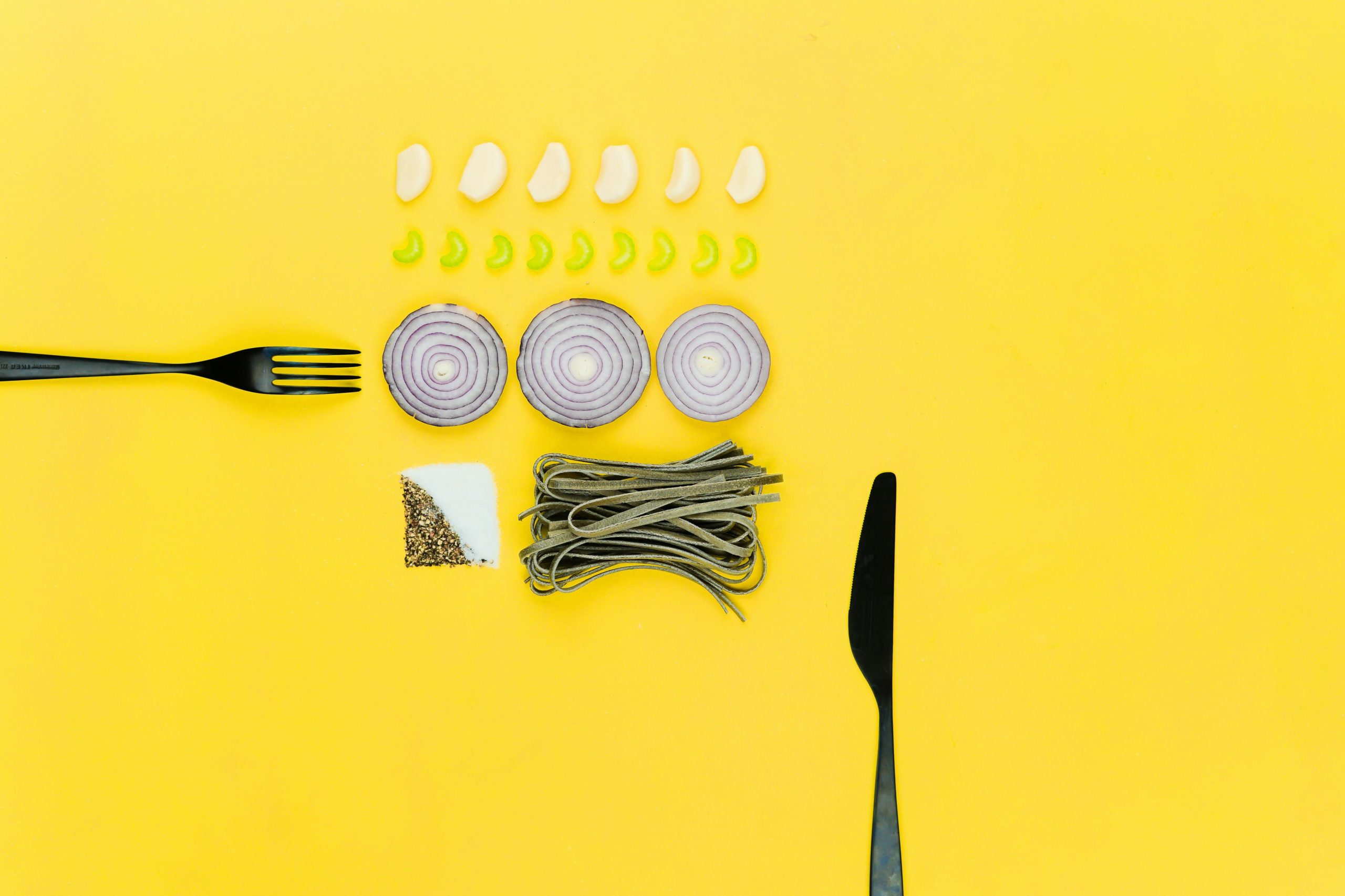Imagine sitting at a rustic table in Italy, ready to embark on a culinary journey like no other.
With so many courses and a plethora of dishes, understanding the traditional Italian meal structure can be overwhelming.
Traditional Italian meals unfold in a series of courses, each with its own significance, starting with the aperitivo, moving through antipasti, primi, secondi, and contorni, and concluding with dolce, espresso, and a digestivo.
In this article, we’ll guide you through each course of a classic Italian meal, exploring the cultural significance and the delicious dishes that define Italy’s rich culinary heritage.
The Quintessence of an Italian Lunch: Pranzo Explored

The Italian lunch, or pranzo, is more than just a midday meal; it’s a splendid showcase of Italy’s rich culinary tradition. Unlike the quick lunches many are accustomed to, pranzo often consists of multiple courses, each served to complement the next, reflecting the depth and diversity of Italian cuisine. From the light and refreshing antipasti to the satisfyingly hearty secondi, every dish is prepared with care, highlighting the fresh, local ingredients that are the hallmark of Italian food.
This meal is not only about nourishing the body but also about bringing family and friends together, embodying the Italian culture’s emphasis on the importance of meals as communal experiences. The structure of pranzo, with its sequence of courses, invites diners to linger at the table, savouring each dish and the company of each other. It’s an experience that goes beyond the food itself, encapsulating the essence of Italian dining philosophy.
Antipasti: The Art of Italian Starters

Antipasti, the starters of an Italian meal, are designed to stimulate the appetite and prepare the palate for the courses to follow. These dishes are as varied as Italy’s regions, ranging from simple offerings like olives and cheeses to more elaborate platters featuring cured meats, marinated vegetables, and seafood. The key to a great antipasti is balance, with a mix of flavours and textures that teases the taste buds without overwhelming them. It’s the perfect introduction to the artful journey of an Italian meal.
Primi Piatti: The First Taste of Italian Mains

Moving on to the primi piatti, diners are introduced to the first taste of Italian mains. This course typically features pasta, risotto, gnocchi, or soup, serving as a bridge between the light starters and the more robust secondi piatti. Primi dishes are often regional, showcasing local ingredients and traditions, from the creamy risottos of the north to the vibrant pasta dishes of the south. Despite their place as the first main course, primi piatti are crafted to be satisfying but not too filling, leaving room for the delights yet to come.
Secondi Piatti: The Heart of Italian Meals

The secondi piatti stand at the heart of the Italian meal, offering a choice of meat, fish, or vegetarian options served with a side of vegetables or salad. This course is where chefs showcase their skill in preparing proteins to perfection, whether it’s a tender piece of steak, a beautifully cooked fish, or a hearty vegetarian alternative. Accompanied by simple, complementary sides, the secondi focus on the quality and flavours of the main ingredient, embodying the Italian principle of letting good food speak for itself.
Cena: Unveiling the Traditional Italian Supper
The traditional Italian supper, known as cena, is a meal that embodies the elegance and depth of Italy’s culinary tradition. Unlike the hurried dinners many are accustomed to, cena unfolds over several courses, each designed to complement the next and showcase the freshest, seasonal ingredients. This meal is not just about eating; it’s a time-honoured ritual that brings families together, encouraging them to savour not just the food but each other’s company.
Following the structure of the classic Italian meal, cena typically includes a sequence of dishes starting with antipasti, moving on to primi and secondi, and concluding with contorni and dolce. Each dish is prepared with care and attention to detail, ensuring a balance of flavours and textures that delight the palate. The supper culminates in a sweet finale that leaves diners with a lasting impression of the meal’s culinary journey.
Contorni: Perfecting Italian Side Dishes

Contorni, the side dishes in an Italian supper, play a crucial role in complementing the secondi piatti. These dishes are typically vegetable-based and can be served either raw or cooked. The key to perfecting contorni lies in preserving the integrity of flavours, ensuring that they enhance but do not overshadow the main course. Common contorni include sautéed greens, roasted vegetables, or a simple salad, each prepared to highlight the natural tastes and textures of the ingredients.
Insalata: A Fresh Take on Italian Salads

Insalata, or salad, is an integral part of the Italian meal, usually served after the secondi to refresh the palate. Unlike the heavy, ingredient-laden salads found in many other cuisines, Italian salads are celebrated for their simplicity. With just a few high-quality ingredients, such as fresh greens, ripe tomatoes, and a drizzle of extra virgin olive oil, insalata brings a light, clean taste that perfectly sets the stage for the meal’s sweet conclusion.
Dolce: The Sweet Finale of Italian Dining

The dolce, or dessert, is the sweet finale of an Italian supper, offering a moment of indulgence after the savoury courses. From classic tiramisu and creamy panna cotta to refreshing gelato, Italian desserts are renowned for their rich flavours and exquisite textures. Dolce is more than just a treat; it’s a celebration of Italian culinary artistry, providing a delightful end to the meal that lingers on the palate and in the memory.
Colazione: The Italian Breakfast Tradition

The Italian breakfast, or colazione, stands out for its elegance and simplicity, setting the tone for the day with light and delightful choices. Unlike the hearty breakfasts found in other cultures, Italians prefer a more minimalist approach to start their day. Typically, this meal includes a hot beverage such as coffee or cappuccino paired with sweet pastries like croissants (cornetti), or a simple yet satisfying combination of bread, butter, and jam. – Coffee is a cornerstone, with many opting for a quick espresso at home or a frothy cappuccino at a local bar. – Pastries offer a sweet touch, with options ranging from the classic cornetto to biscotti, ideal for dipping in coffee. – For those seeking something simpler, bread with butter and jam provides a perfect balance of flavours, often using various types of bread to add a regional twist. This meal reflects the Italian emphasis on quality ingredients and the joy of savouring simple pleasures, embodying the Italian saying, “la dolce vita” – the sweet life.
Merenda: The Italian Mid-Afternoon Snack Ritual
Merenda holds a special place in the heart of Italian culinary tradition, serving as a delightful mid-afternoon snack designed to provide a quick energy boost. Unlike a full meal, merenda is a light, often homemade snack that varies depending on one’s mood, hunger levels, and the time of the year. It could range from a simple piece of fruit, a slice of bread with jam, to more indulgent treats like a slice of cake or a creamy gelato on a hot day. The key aspects of merenda are its simplicity and the joy it brings, embodying the Italian approach to food as not just nourishment but also a moment for relaxation and pleasure. – Key components of merenda include: – Fresh, local ingredients that reflect the season – A balance between sweet and savoury options, depending on individual preference – The tradition of enjoying it as a pause in the day, ideally in good company. This snack ritual is cherished across generations, offering a moment of solace in the bustling rhythm of the day and reinforcing the Italian philosophy that even the simplest foods, when shared with others, can turn into moments of true delight.
Aperitivo: The Italian Pre-Meal Tradition
The aperitivo marks the beginning of the Italian dining experience, serving as a delightful prelude to the meal ahead. This tradition, deeply ingrained in Italian culture, involves enjoying a light drink intended to stimulate the appetite. Typically, the aperitivo is accompanied by small bites, such as olives, nuts, or cheeses, setting the stage for the culinary journey that follows. The key elements of an aperitivo include: – A choice of a light alcoholic beverage, often a sparkling wine or a bitter cocktail like an Aperol Spritz – A selection of stuzzichini (small appetizers) that tease the palate without overwhelming it – The social aspect, as friends and family gather to unwind and chat before dinner. This ritual not only prepares the stomach for the meal but also brings people together, embodying the Italian emphasis on food as a communal experience.
Frutta e Formaggio: A Classic Italian Pairing

The tradition of pairing fruit and cheese in Italian cuisine is not just a culinary practice; it’s an art form that brings together the sweetness of fruits with the richness of cheeses, creating a delightful combination that tantalizes the palate. This pairing is often enjoyed towards the end of a meal, serving as a light yet satisfying conclusion before moving on to dessert. The key to perfecting this pairing lies in balancing the flavours and textures:
- Soft cheeses like Mascarpone are perfect with berries or figs, offering a creamy texture against the fruit’s juiciness.
- Hard cheeses such as Parmigiano-Reggiano complement apples or pears, where the cheese’s saltiness enhances the fruit’s sweetness.
- For a truly Italian experience, try drizzling a bit of aged balsamic vinegar over the cheese and fruit to add a rich, tangy dimension. This classic Italian pairing not only showcases the country’s exceptional produce but also reflects the Italian philosophy of savouring simple, high-quality ingredients.
Ordering Water in Italy: A Diner’s Guide
In Italy, ordering water at a restaurant comes with its unique customs. Unlike many other places where tap water is a given, in Italy, you’re expected to order bottled water, choosing between acqua frizzante (sparkling) or acqua naturale (still). This might seem like a small detail, but it’s an integral part of the dining experience, reflecting Italy’s rich culinary culture. Remember, tap water is rarely offered, and when it is, it’s usually lukewarm and without ice, so embracing the local practice of enjoying chilled bottled water can enhance your meal and help you blend in with the Italian dining scene.
The Art of Ordering Wine in Italy
Mastering the art of ordering wine in Italy can significantly elevate your dining experience. When faced with an Italian wine list, your choice should complement your meal. It’s not just about red with meat and white with fish; consider the dish’s flavours and ask the sommelier for recommendations if you’re unsure. Remember, the most expensive bottle isn’t always the best choice. Instead, focus on local wines that Italians pride themselves on, offering a chance to explore the country’s vast and varied wine heritage.
Espresso: The Italian Meal Finale

In Italy, the tradition of finishing a meal with an espresso is more than just a way to enjoy coffee; it’s an integral part of the dining experience. This practice is deeply rooted in Italian culture, where the espresso serves not only as a delightful conclusion to a meal but also as a moment to relax and digest. It’s a tradition that underscores the Italian approach to dining: taking the time to savour and appreciate every aspect of a meal, from start to finish.
Ammazza-Caffé: Beyond Espresso
Beyond the customary espresso, there’s the ammazza-caffé, a potent alcoholic drink typically consumed after coffee. This “coffee killer” is designed to dull the taste of coffee and ease the caffeine’s effect, marking the transition from the meal to the rest of the evening. Whether it’s a smooth grappa or a bitter amaro, the ammazza-caffé is a cherished Italian custom that adds another layer to the country’s rich culinary narrative.
Digestivo: The Italian After-Dinner Tradition
The digestivo, a staple of the Italian after-dinner tradition, is a drink specifically intended to aid digestion. Served after dessert and coffee, these drinks are often herb-based and can range from sweet to bitter, embodying the perfect balance to round off an indulgent meal. From the refreshing limoncello to the robust grappa, digestivi are not just about taste but also about prolonging the sociable ambience of dining, making them a beloved end to any Italian meal.
Understanding the Restaurant Bill in Italy
When dining out in Italy, understanding your restaurant bill is crucial to avoid surprises. Unlike in many other countries, Italian bills often include charges such as “coperto” (cover charge) and “servizio” (service charge). These are not hidden fees but customary charges that can vary by region and establishment. It’s important to note that the “servizio” is a mandatory service charge, not a tip, and is usually a percentage of your total bill.
To ensure clarity, both the “coperto” and “servizio” must be listed on the menu, often in small print. While the “coperto” is a per-person charge for sitting at the table, the “servizio” is applied to the overall bill. If you’re dining with a large group, expect the “servizio” to be automatically added. However, if you feel the service was exceptional, leaving a small additional tip is appreciated but not expected.
Tipping in Italy: Etiquette and Expectations
In Italy, tipping at restaurants is not compulsory and is quite different from many other countries. Most Italians do not leave a tip because a service charge, known as “servizio,” is often included in the bill. If you experience exceptional service, it’s acceptable to leave a small tip, around 5-10% of the bill, but this is entirely at your discretion. Remember, tipping in Italy is about acknowledging exceptional service, not a mandatory practice.
Deciphering the Italian Menu: A Diner’s Guide

Understanding an Italian menu is crucial for a truly authentic dining experience. It’s not just about choosing dishes but about appreciating the regional specialties and seasonal ingredients that define Italy’s diverse culinary landscape. From antipasti to dolce, each course offers a glimpse into the country’s rich food culture, making it essential to know what to expect when you sit down to dine.
Familiarising yourself with common Italian menu terms can transform your dining experience from good to unforgettable. Knowing the difference between primi (first courses, typically pasta or risotto) and secondi (main courses, usually meat or fish) can help you navigate the menu like a local. Additionally, understanding that contorni (side dishes) are often ordered separately is key to enjoying a balanced meal.
Mastering the Art of Ordering Food in Italy
Mastering the art of ordering food in Italy involves more than just picking dishes from a menu; it’s about embracing the Italian dining philosophy. Start by sharing an antipasto to get a taste of local flavours. Remember, pasta dishes (primi) are not meant to be shared, but if you’re looking for a lighter option, asking for a mezza porzione (half portion) is perfectly acceptable.
When selecting your main course (secondo), consider the regional specialties and seasonal ingredients. In the north, you might find more risotto and meat-based dishes, while the south offers a splendid array of seafood and vegetable-centric plates. Sharing main courses is common, so feel free to order da dividere (to share) if you want to try a bit of everything.
Discover Traditional Italian Food Courses with INDULGE
INDULGE offers an exceptional gateway to the heart of Italian cuisine through curated culinary tours and exclusive dining experiences that promise to deepen your appreciation for traditional Italian food courses. By participating in these meticulously planned journeys, you’re not just tasting dishes; you’re immersing yourself in the rich history and culture that shape Italy’s culinary landscape. This unique approach ensures that every bite tells a story, making each meal an unforgettable part of your Italian adventure.
The benefits of choosing INDULGE for your culinary exploration include:
- Access to exclusive venues that are not open to the general public, providing an intimate and authentic dining experience.
- Guidance from culinary experts, including local chefs and sommeliers, who share insights into the traditions and techniques behind each dish.
- An opportunity to learn about regional specialties and seasonal ingredients, enriching your understanding of Italian cuisine’s diversity and depth.
With INDULGE, you’re not just exploring traditional Italian food courses; you’re living the very essence of Italian gastronomy.
Frequently Asked Questions
What are the 7 courses in Italian meal?
The seven courses in a traditional Italian meal are aperitivo, antipasti, primi piatti (first course), secondi piatti (main course), contorni (side dishes), dolce (dessert), and concludes with espresso and a digestivo.
How many courses are in a traditional Italian meal?
A traditional Italian meal can unfold over multiple courses, typically including aperitivo, antipasti, primi, secondi, contorni, dolce, espresso, and a digestivo, making it a total of eight distinct parts.
What are the 5 Italian courses?
The five main courses in a traditional Italian meal structure include antipasti (starters), primi piatti (first main course, usually pasta or risotto), secondi piatti (second main course, featuring meat, fish, or vegetarian options), contorni (side dishes), and dolce (dessert).
What is the main course food in Italy?
The main course food in Italy, known as secondi piatti, typically offers a choice of meat, fish, or vegetarian options, served alongside a side of vegetables or salad. This course focuses on showcasing the quality and flavours of the main ingredient.
What are classic Italian first courses?
Classic Italian first courses, or primi piatti, typically feature pasta, risotto, gnocchi, or soup. These dishes serve as a bridge between the starters and the more robust secondi piatti, showcasing local ingredients and traditions.








